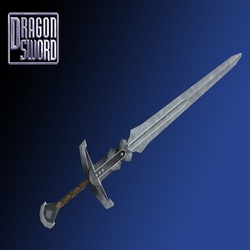
Dragon Sword 64
"Dragon Sword 64" was originally planned as an action role-playing game for the Nintendo 64 platform, developed by Team Storm Studios and published by Nintendo.
Game Details:
"Dragon Sword 64" was initially revealed in the late 1990s, with the aim of creating a 3D adventure game that combined real-time combat and RPG elements. Players could explore open maps, engage in real-time battles with enemies, and utilize a variety of weapons and magic. The demo showcased a rich action system, combo attacks, and puzzle-solving mechanics, with a visual style inspired by medieval fantasy. The development team had planned to include a cooperative mode and branching storylines, but due to budget and technical challenges, the project was shelved before its official release. Although the game never saw the light of day, its prototype circulated within the player community and is regarded as a legend of the N64 era.
Editor's Recommendation:
"Dragon Sword 64" represents a bold attempt by developers to create a 3D action RPG in the late 90s. Through the remaining gameplay footage, you can feel its forward-thinking open-world concept and real-time combat. For players who enjoy gaming history and unfinished works, researching the development process of "Dragon Sword 64" is an interesting exploration in itself. It is recommended for players interested in the Nintendo 64 era, game prototypes, or game archaeology, where you can see the unique charm and creativity of early 3D action design.
Game Guide:
First, it is recommended to use a stable N64 emulator and enable high-compatibility mode to avoid graphic and audio errors. After entering the game, prioritize familiarizing yourself with the character's basic combos and evasion operations. In the demo version, the greatsword's charged attacks can quickly repel a wide range of enemies. When exploring the map, pay attention to interacting with statues and hidden passages, which often lead to extra treasure chests and potions. Since the prototype content is limited, the save progress function may be unstable. It's best to use the emulator's instant save to ensure progress. Even if you can't fully complete the game, experiencing its combat and scene design can still give you a sense of the early 3D action RPGs of the late 90s and their unique style.
RPG Related Retro Games
More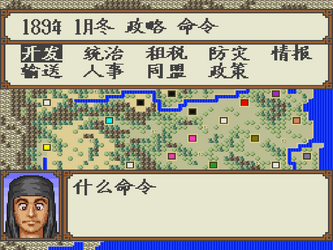
Yokoyama Mitsuteru's Sangokushi
SNES

Pokémon Red
Game Boy Advance
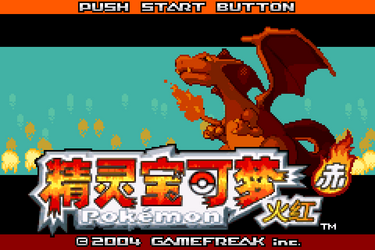
Pokémon FireRed
Game Boy Advance
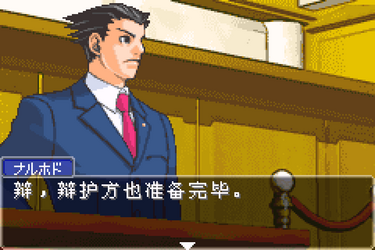
Gyakuten Saiban
Game Boy Advance
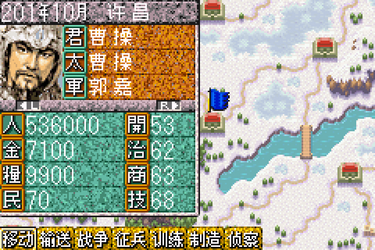
Sangokushi
Game Boy Advance
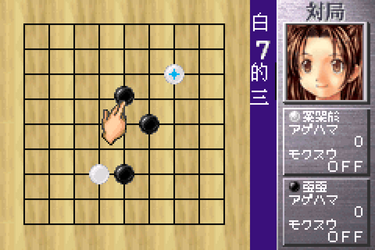
Hikaru no Go
Game Boy Advance

Pokémon Diamond
Gameboy | Color
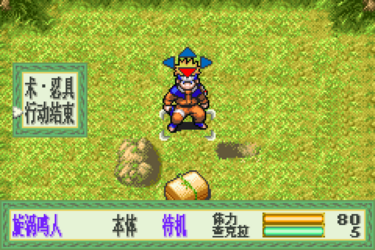
Naruto: Konoha Senki
Game Boy Advance
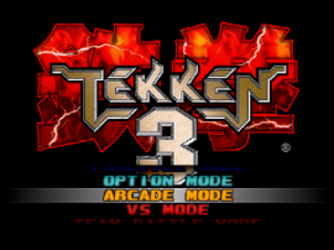
Tekken 3
Playstation

Pokémon: XY Natural
Gameboy | Color
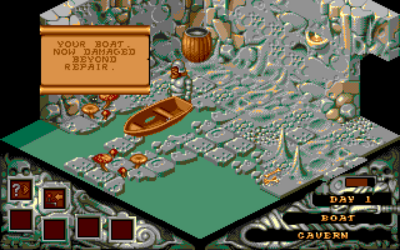
Cadaver
MS-DOS
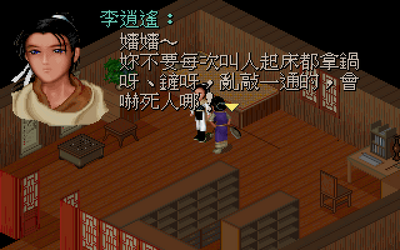
The Legend of Sword and Fairy
MS-DOS
Action Related Retro Games
More
Metal Slug
Arcade
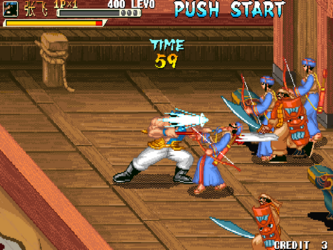
Knights of Valou
Arcade
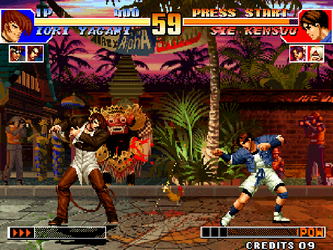
The King of Fighters '97
Arcade
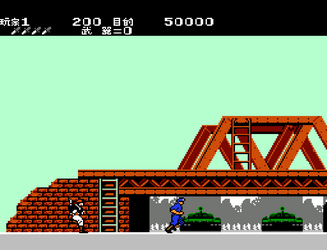
Rush'n Attack
NES / Famicom
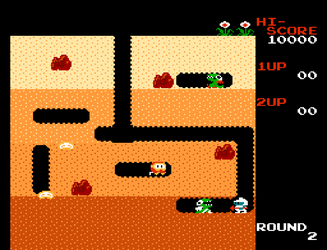
Dig Dug
NES / Famicom
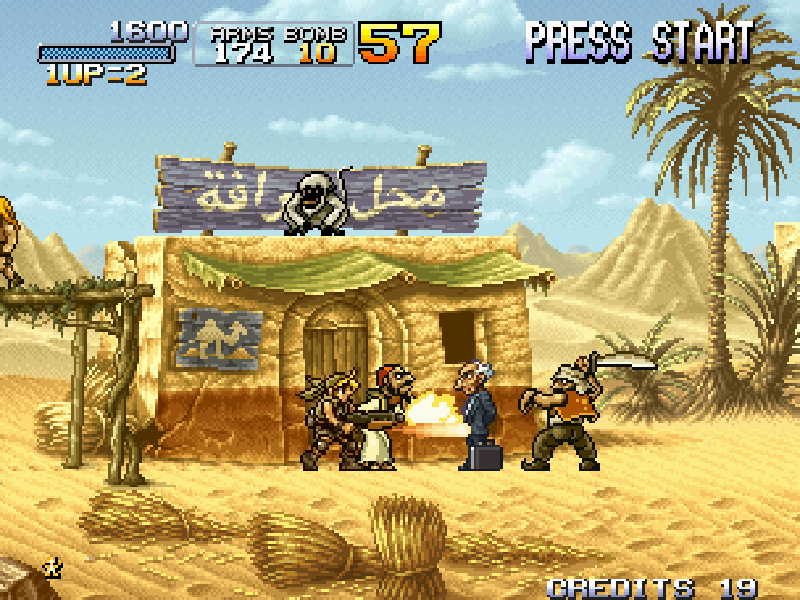
Metal Slug 2
Arcade
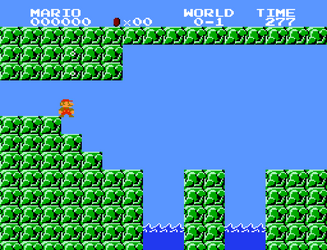
Super Mario Bros.
NES / Famicom
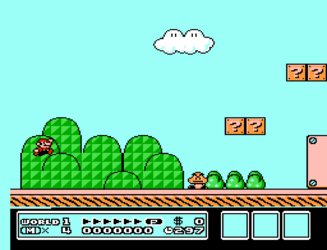
Super Mario Bros. 3
NES / Famicom
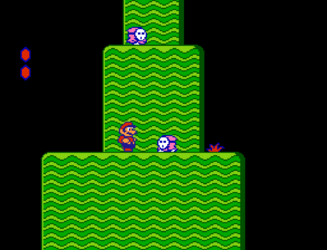
Super Mario Bros. 2
NES / Famicom
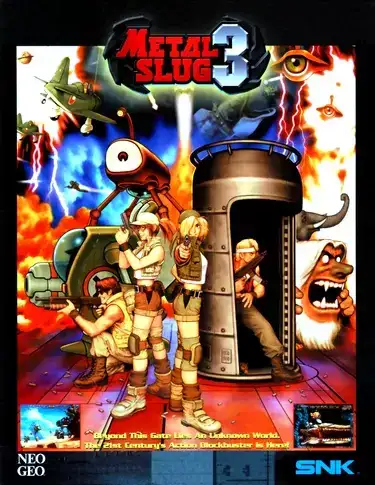
Metal Slug 3
Arcade
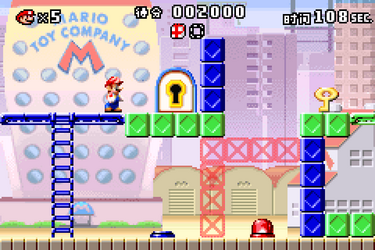
Mario vs. Donkey Kong
Game Boy Advance
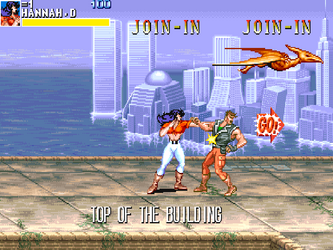
Cadillacs and Dinosaurs
Arcade
Adventure Related Retro Games
More
Pokémon Red
Game Boy Advance

Pokémon FireRed
Game Boy Advance

Silent Hill
Game Boy Advance

Pokémon Diamond
Gameboy | Color

Super Mario Bros. 2
NES / Famicom

Cadillacs and Dinosaurs
Arcade

Pokémon: XY Natural
Gameboy | Color

Sonic Classic Heroes
Sega Mega Drive

Cadaver
MS-DOS

Naruto: Ninja Council
Game Boy Advance

Pokémon Blue
Game Boy Advance
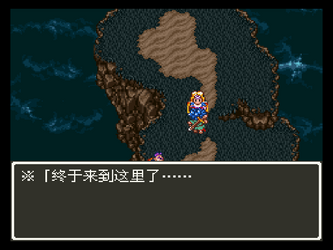
Dragon Quest VI
SNES